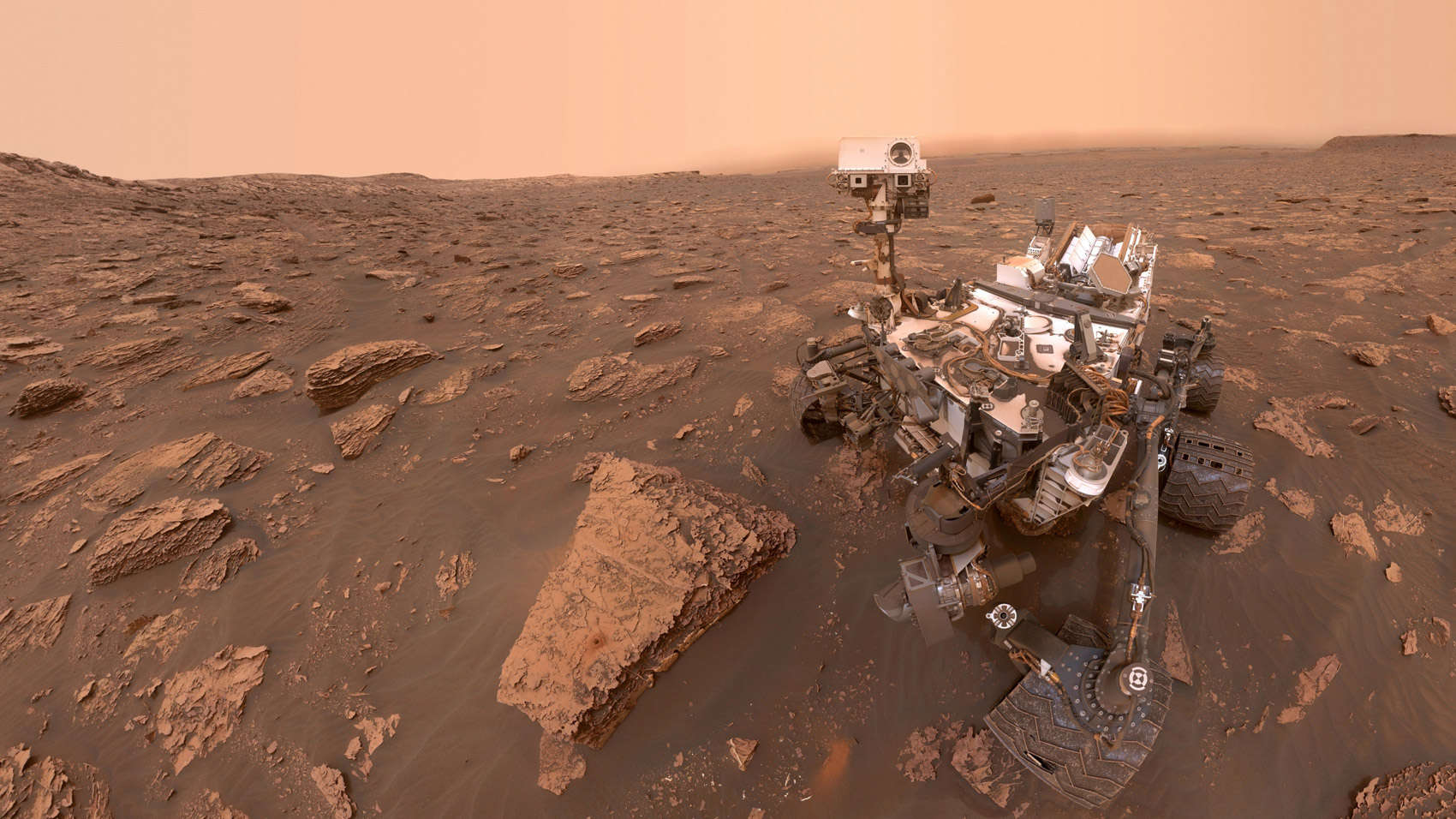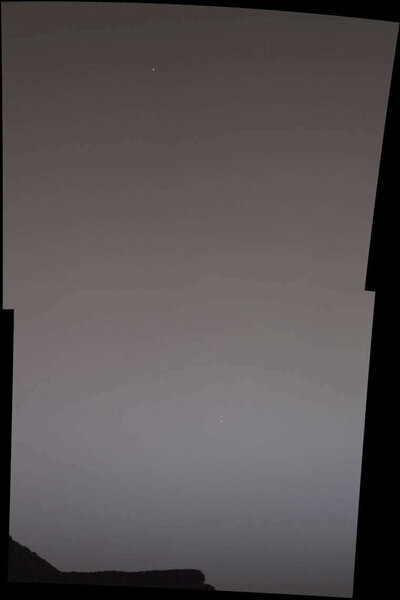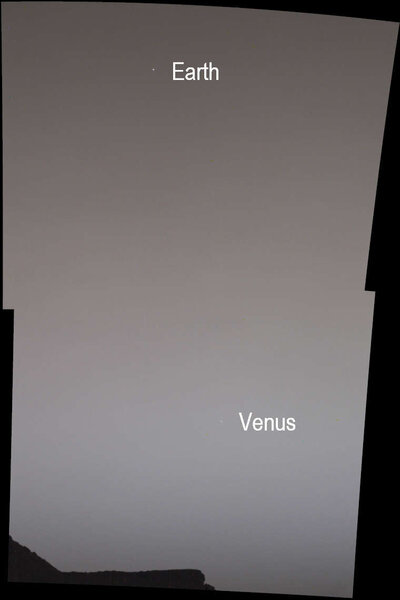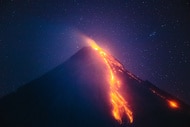Create a free profile to get unlimited access to exclusive videos, sweepstakes, and more!
A view of Earth… from Mars

I have seen countless images of space, taken from Earth, above it, and many from spacecraft at the target destination itself: the Moon, Venus, Mars, asteroids, comets, Jupiter, Saturn... the view is always wondrous, and always at some level poetic.
But there is something also deeply profound of seeing the Earth from space, too. Certainly from low orbit, where we can see a fraction of our planet, or from higher orbit where perhaps we see it as a disk, blue and green and white.
And then, sometimes, we see it from much farther away, so distant that this vast world around us is reduced to a dot, a pixel of light from a vantage a hundred times farther away than any human being has ever traveled.
Here is such a view.
The Curiosity rover took this image on 5 June 2020, peering up over the western horizon of Mars. It may not look like much at first, just a grayscale mosaic of a couple of images of the dull Martian sky.
Look again. There is a pair of lights in that otherwise featureless sky, two unresolved sparks fighting the twilight gloaming. There's a fainter one near the bottom, a brighter one near the top.
The bottom one? Venus. The brighter? Earth. Home. Here.
When Curiosity took that shot it was exploring a region of clay deposits on Mars, a target of particular interest because clay is laid down by water, and is one potential pathway for life to develop. You can also see a butte at the bottom, unofficially called Tower Butte, sedimentary rock eroded by a billion years of thin Martian wind.
And yet, despite the weighty meaning of all that geology and possible biology, our eyes are drawn to the worlds above. Earth was over 135 million kilometers away from Mars when that image was snapped, Venus perhaps a little closer. I suspect dust in the air over the Martian surface dimmed Venus more than Earth, otherwise it should appear brighter in the image.
If you could zoom in sufficiently, you'd see both planets as crescents, their smaller orbits carrying them closer to the Sun as seen from Mars. From Earth, Mars was a red glow in the sky rising after midnight. Now, months later, both Venus and Earth have lapped Mars in their orbits, becoming morning stars in the eastern Martian sky before sunrise.
However, that means from our point of view that Mars is approaching the Sun in our sky, a brilliant red eye glowering from over the eastern horizon not long after sunset. Venus rises before the Sun in the morning, shiny and white, one of the brightest natural objects in the heavens.
How wonderful is it that we can perceive this geometry, the actual positions of planets not just in our sky but also in space, and in their skies? I can imagine standing on Mars and facing west, seeing Earth over the local hills. Does it look blue or green? Or does the ubiquitous local dust change its hue?
Is there anyone there looking up at the sky, seeing me?
Fanciful, certainly. But maybe not for long. I have no plans to ever be on Mars, but somewhere, at this very moment, someone on Earth does. And I just bet they're right.
















